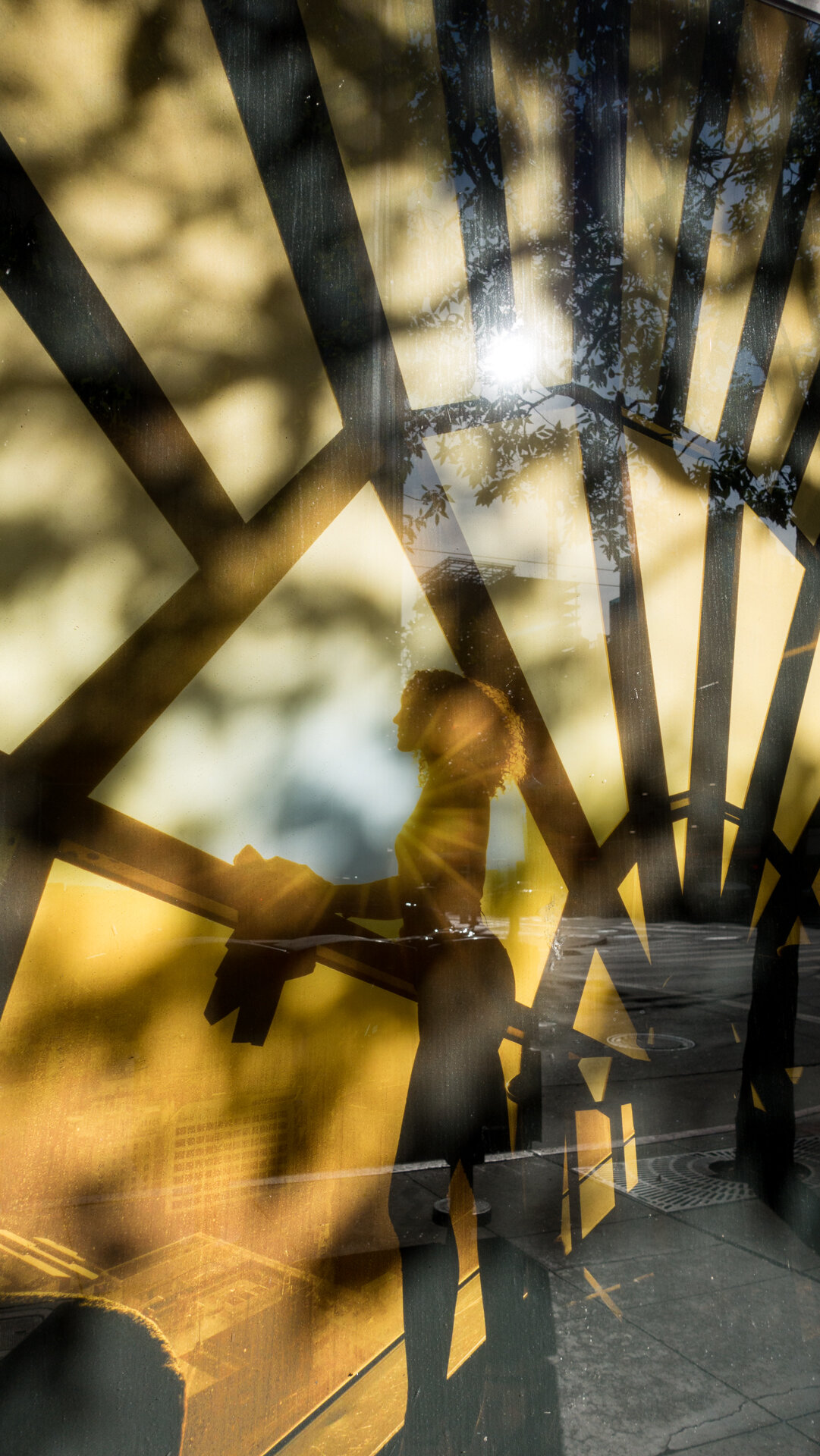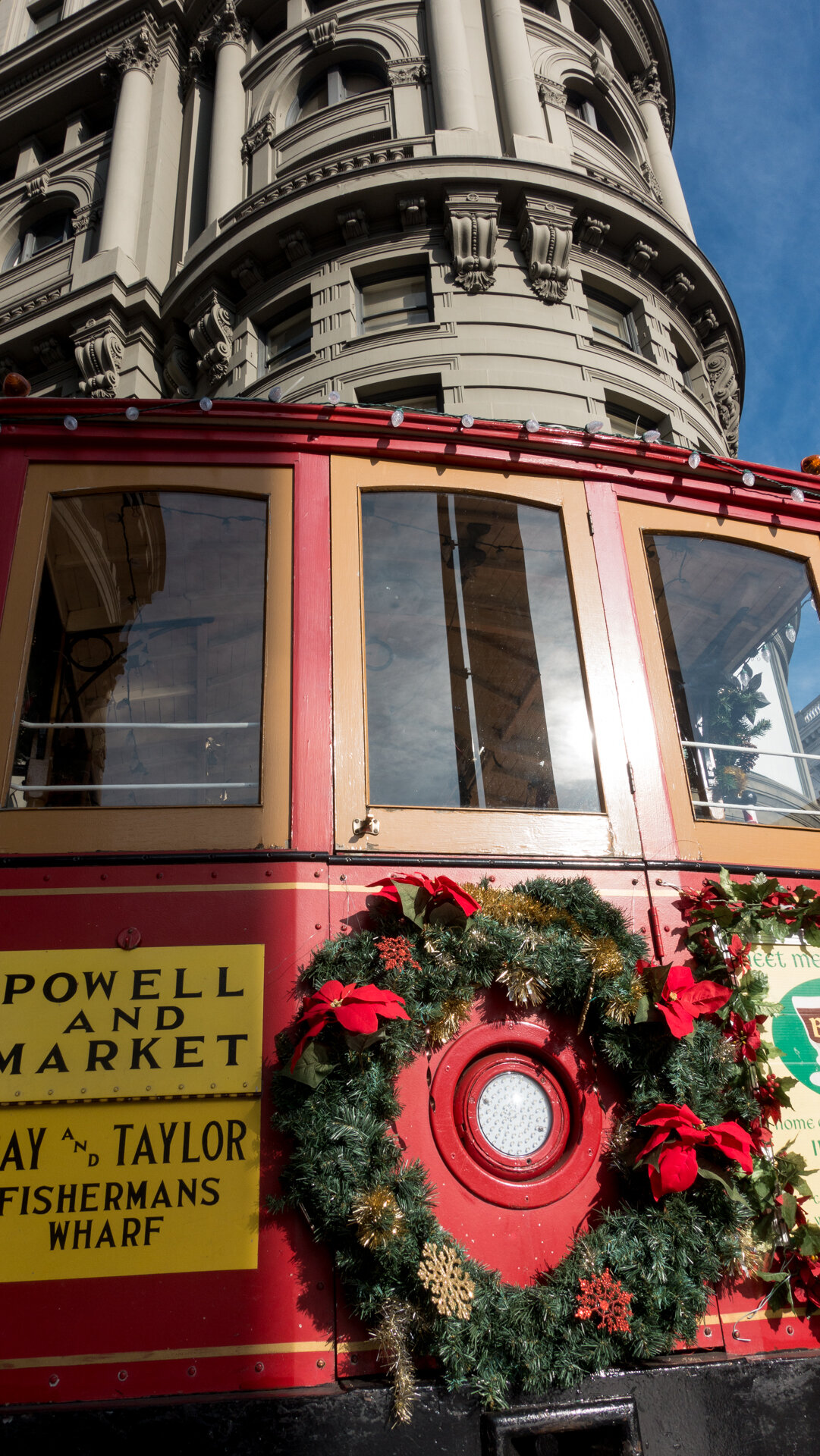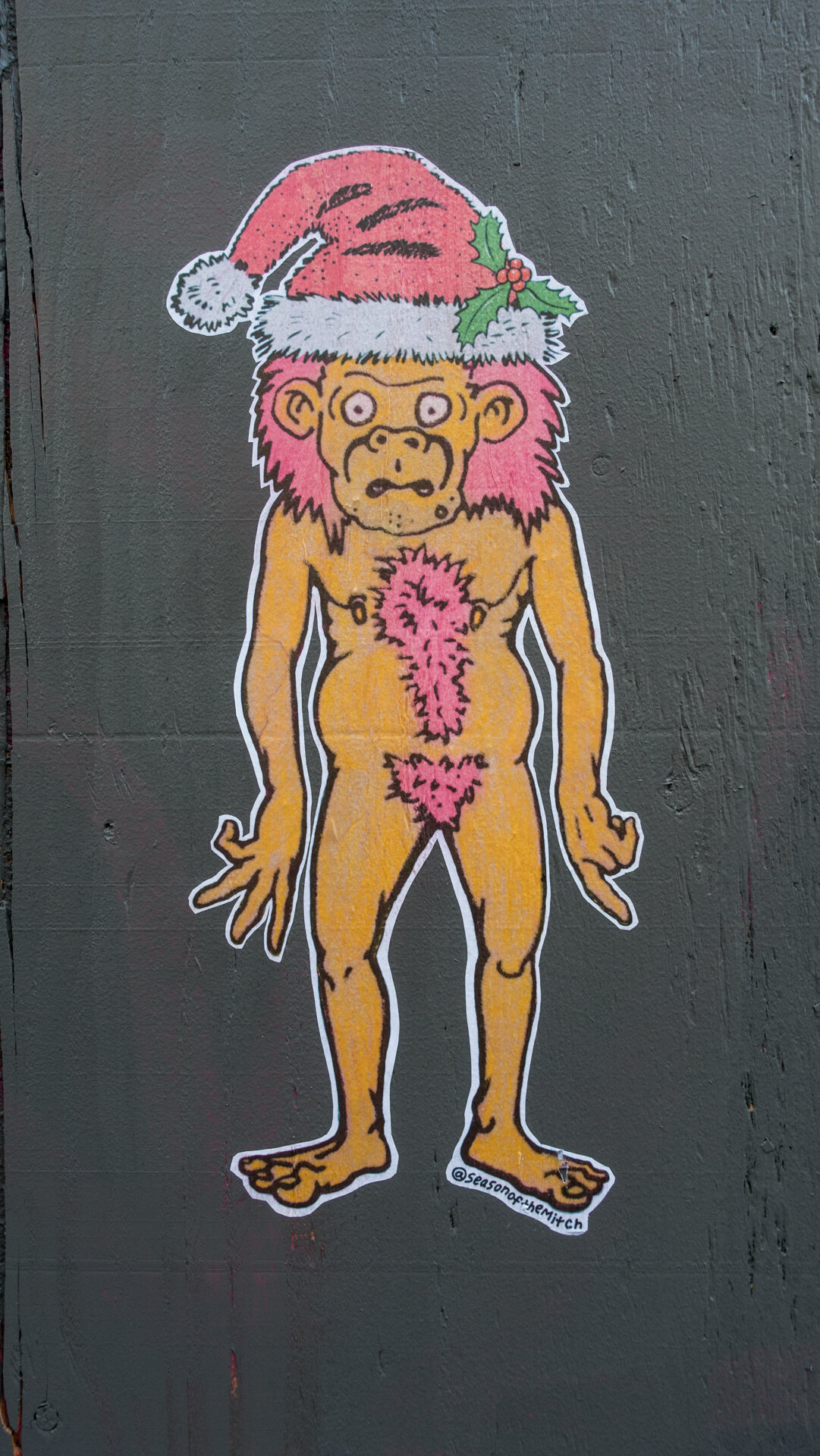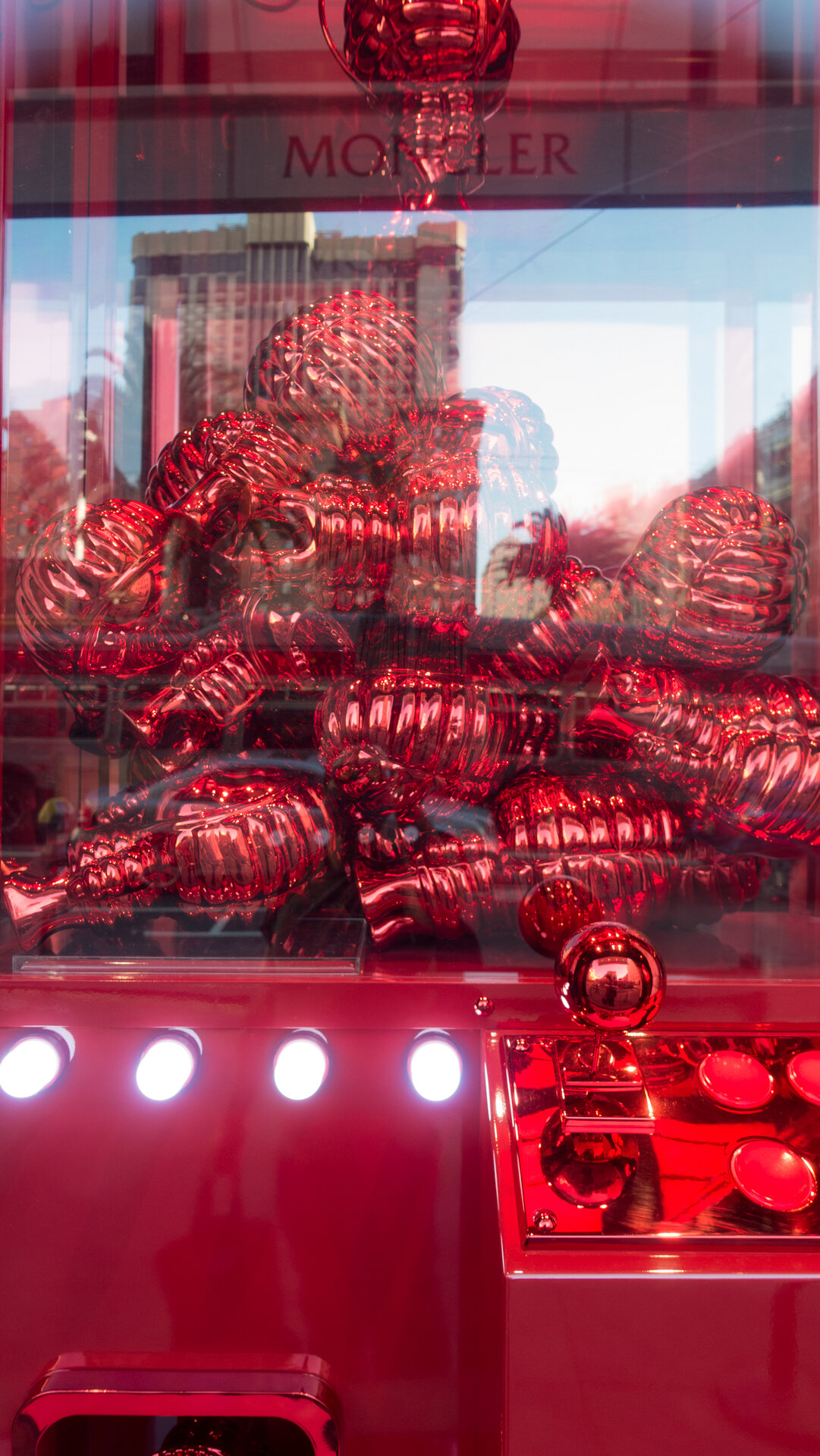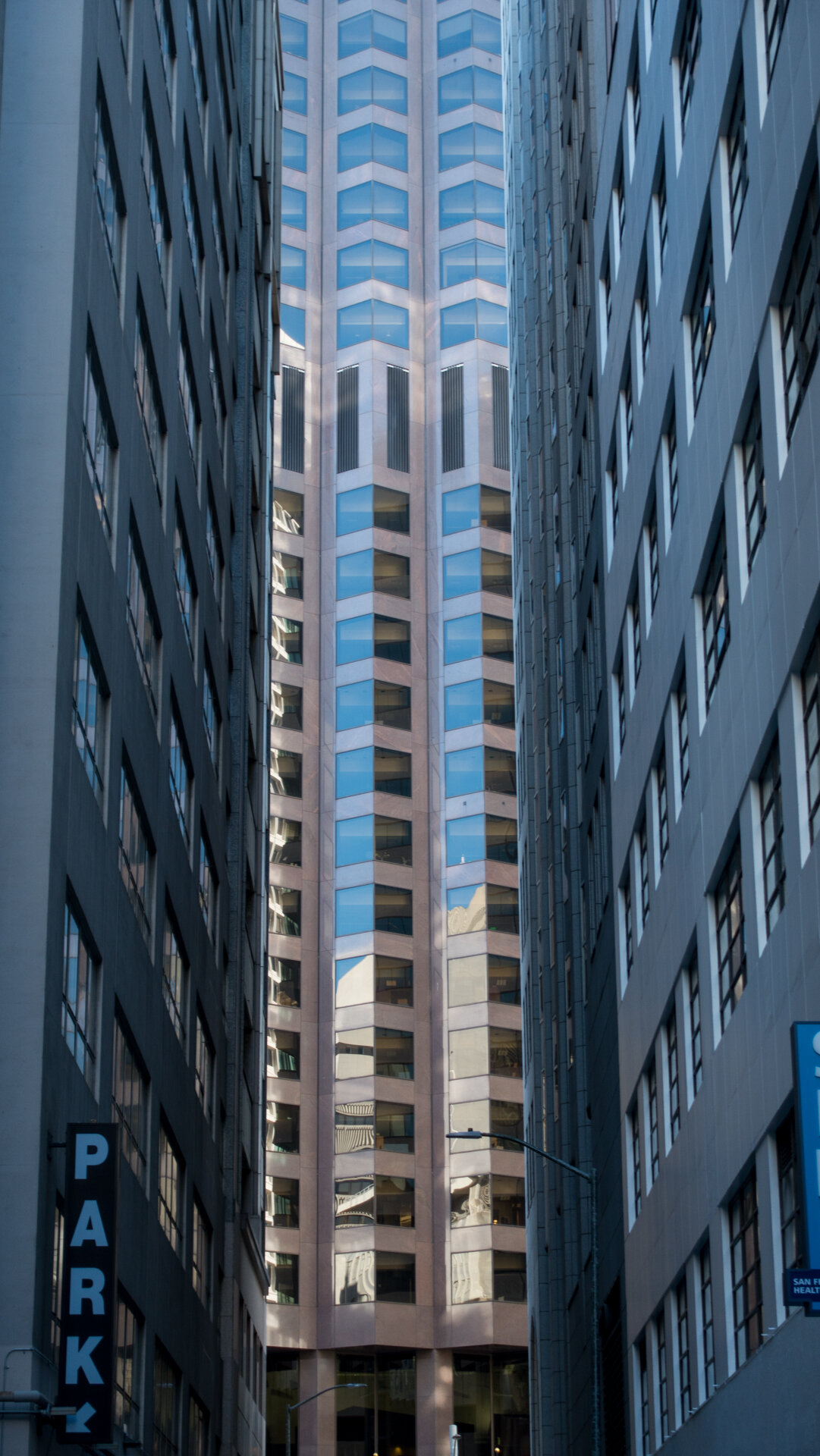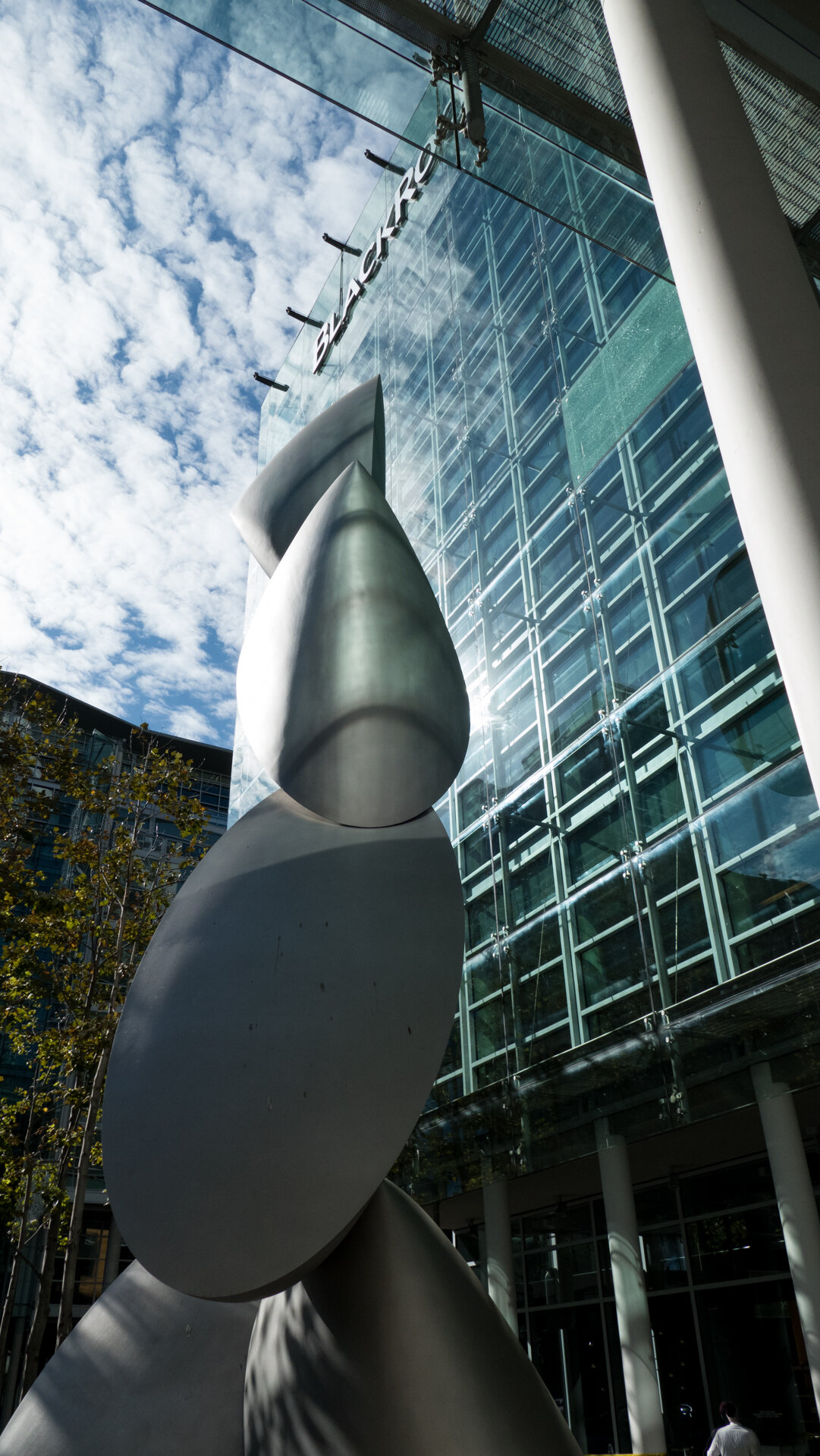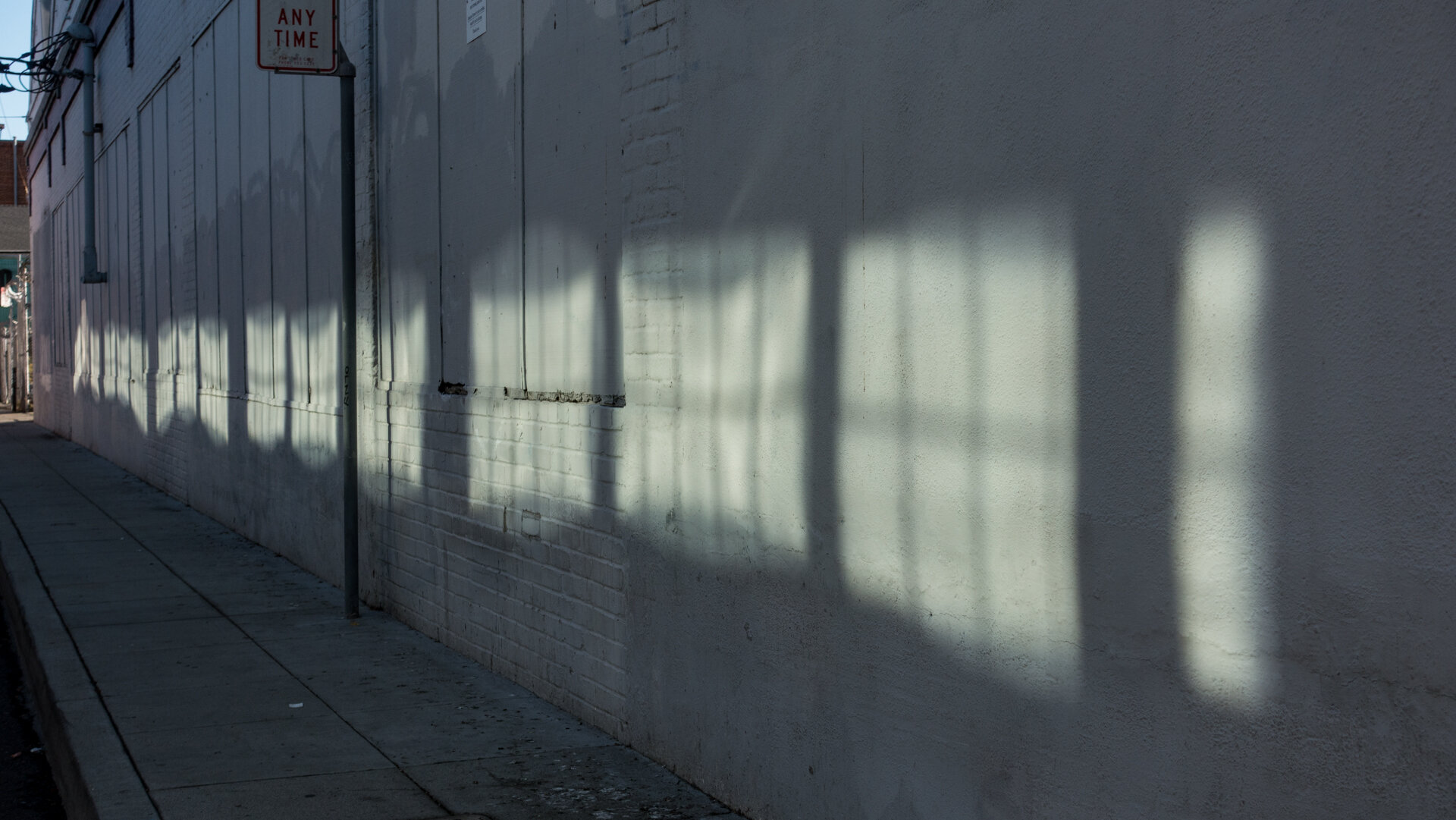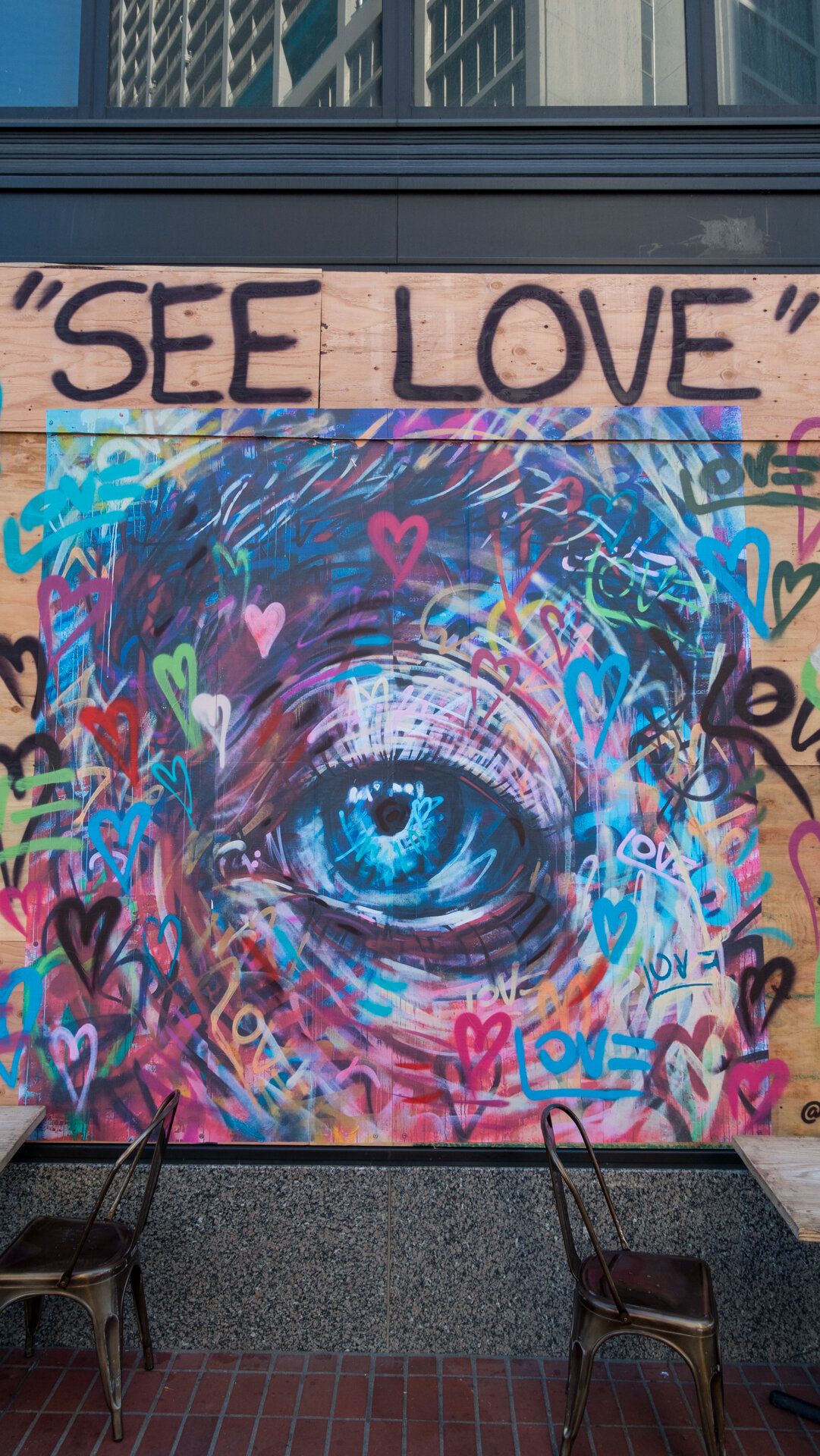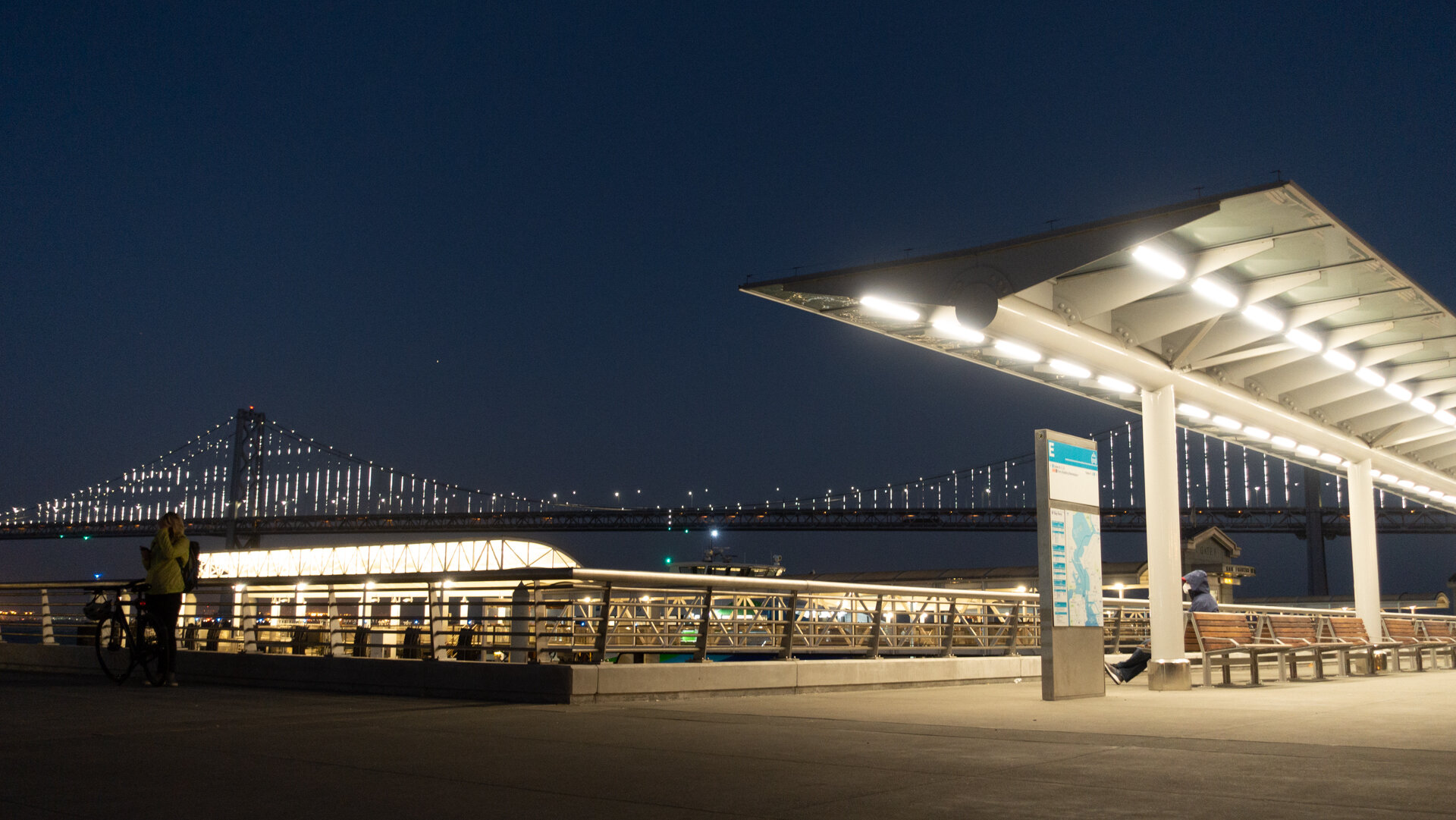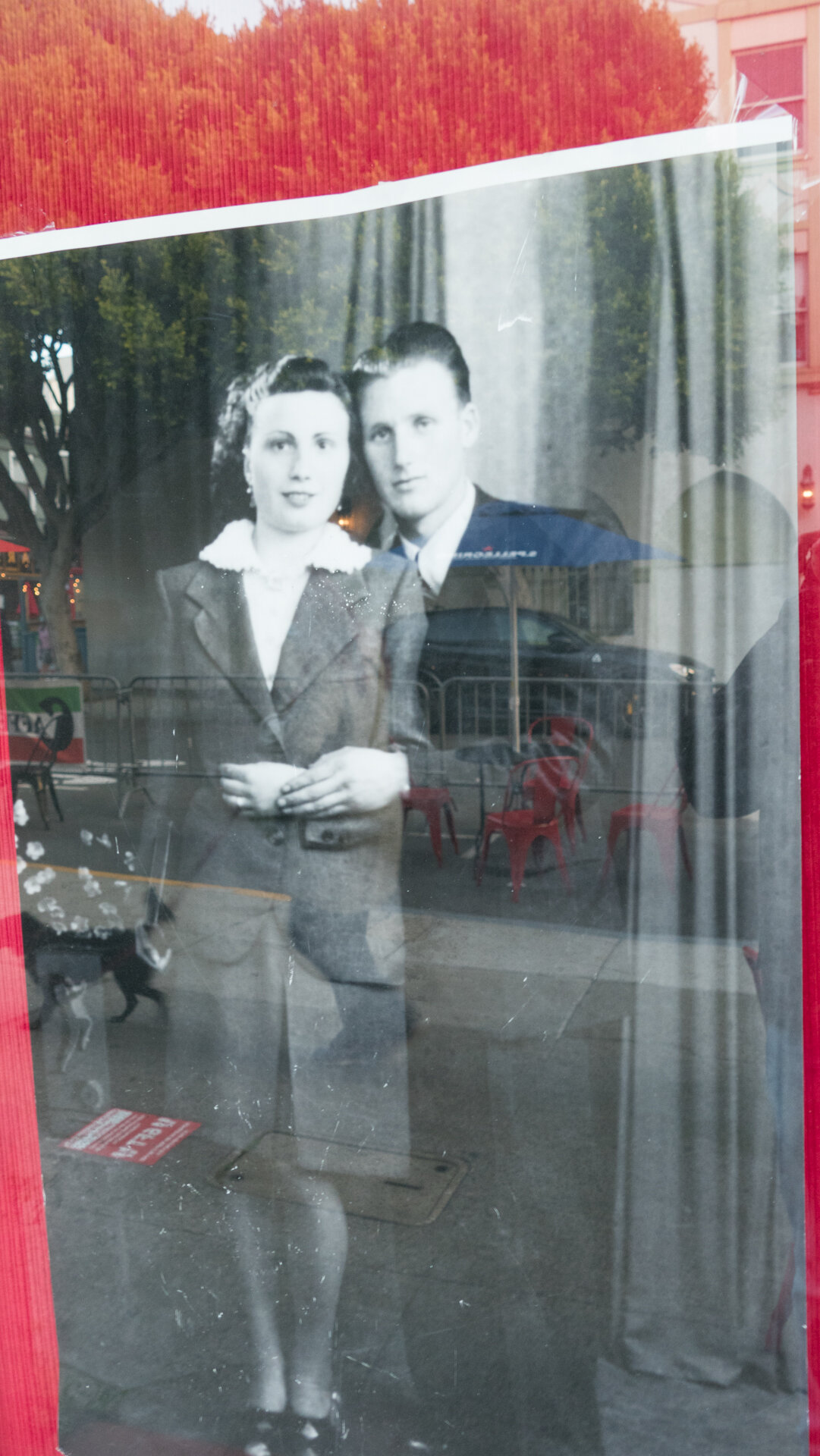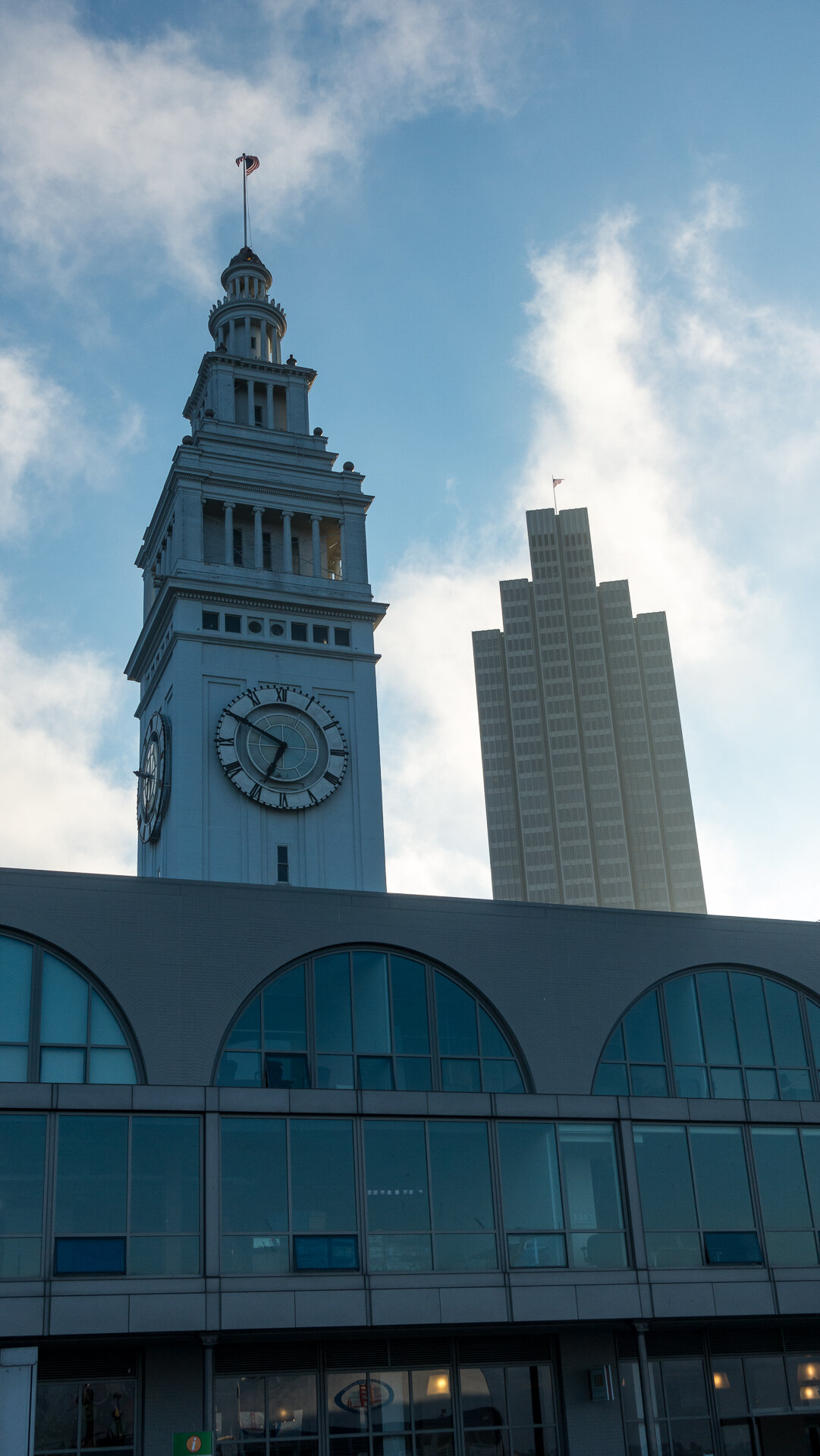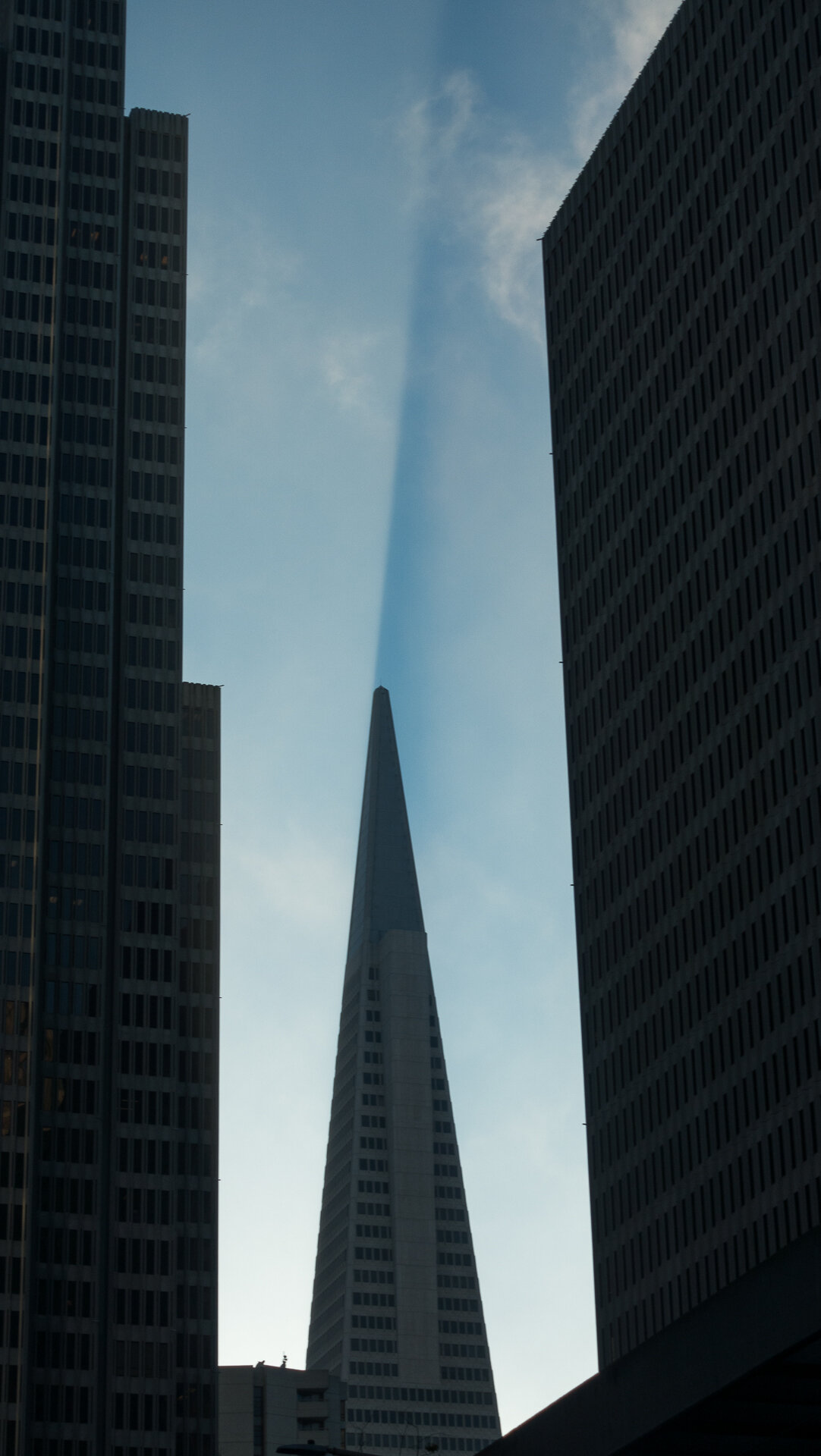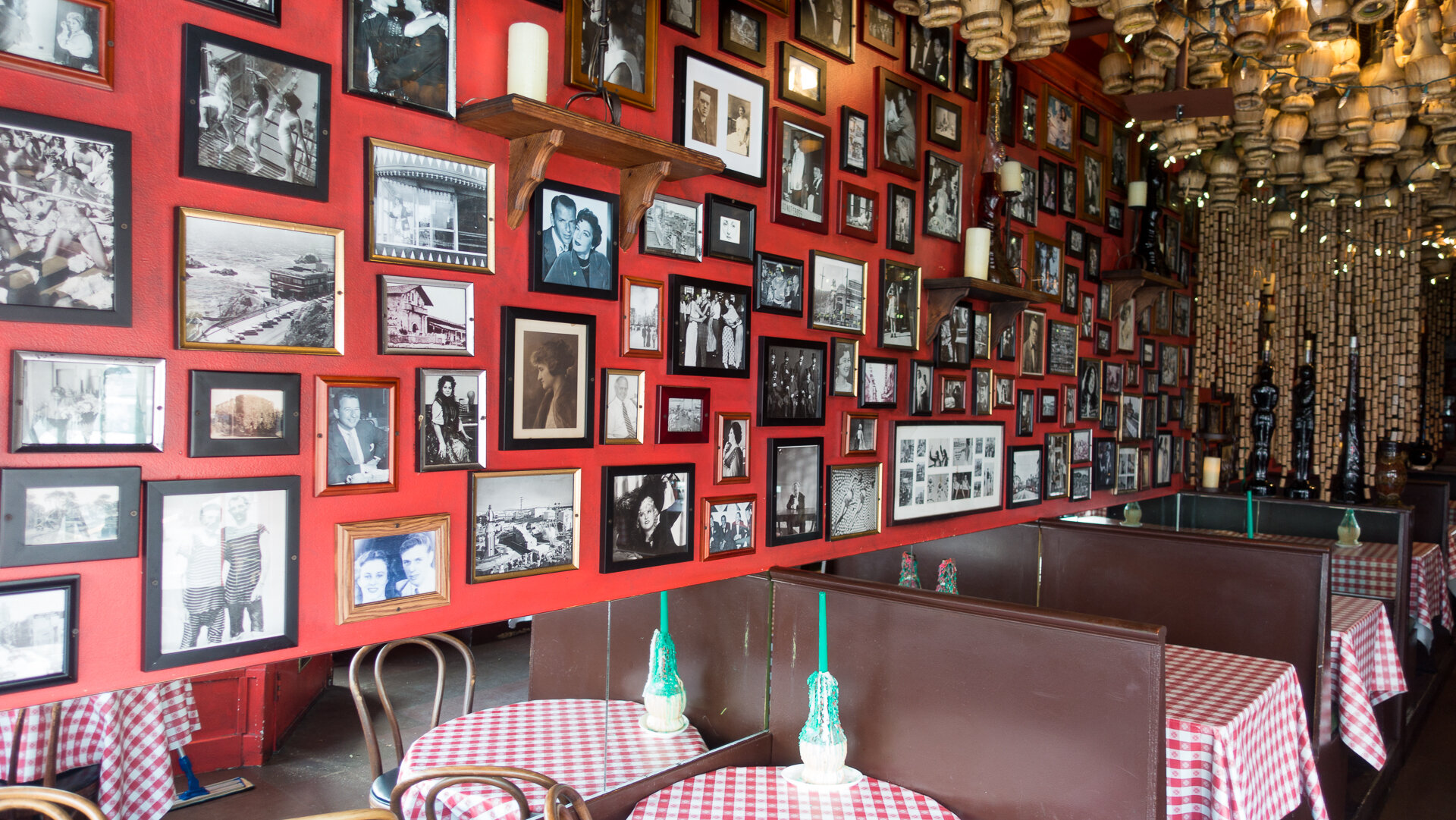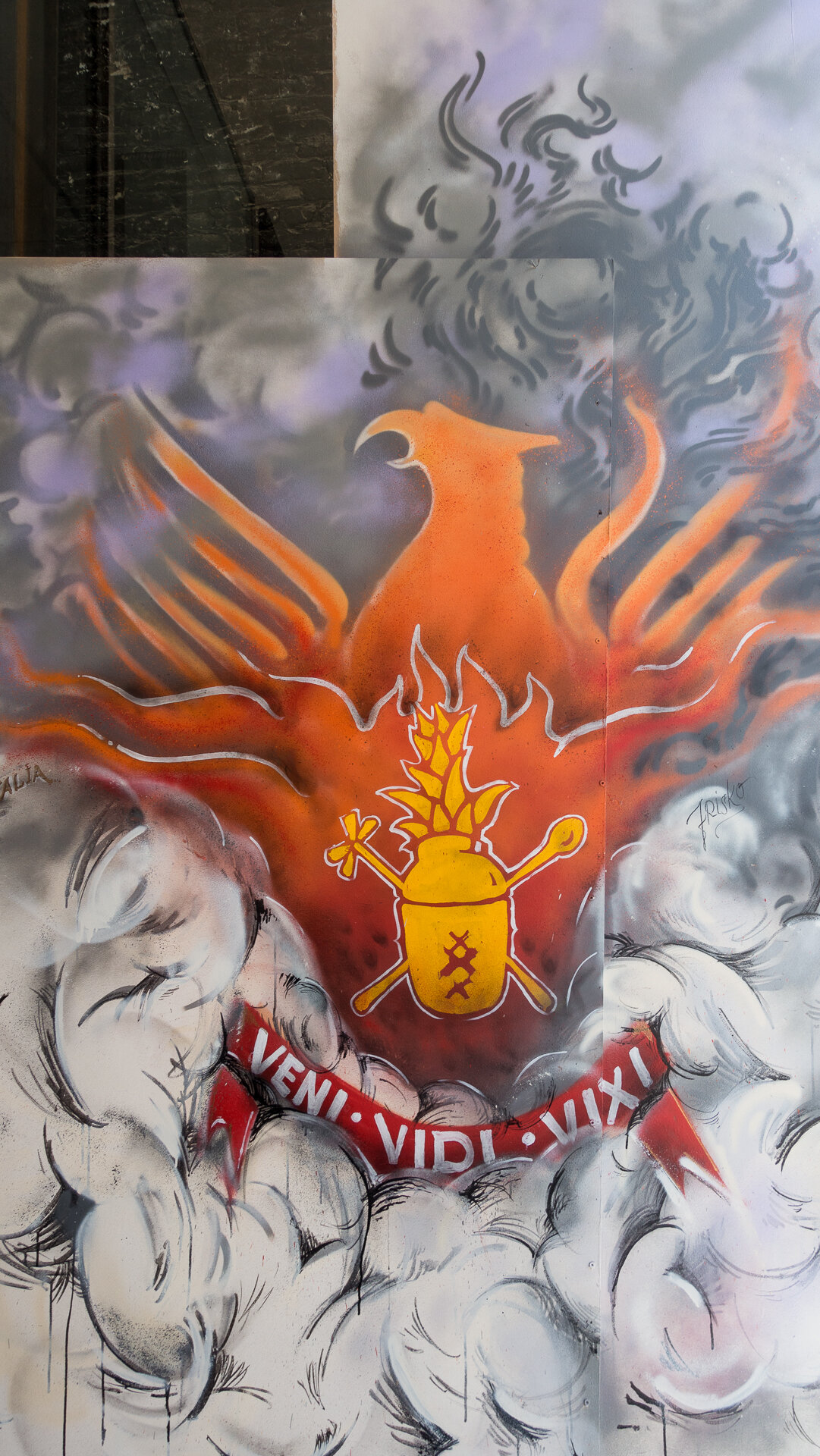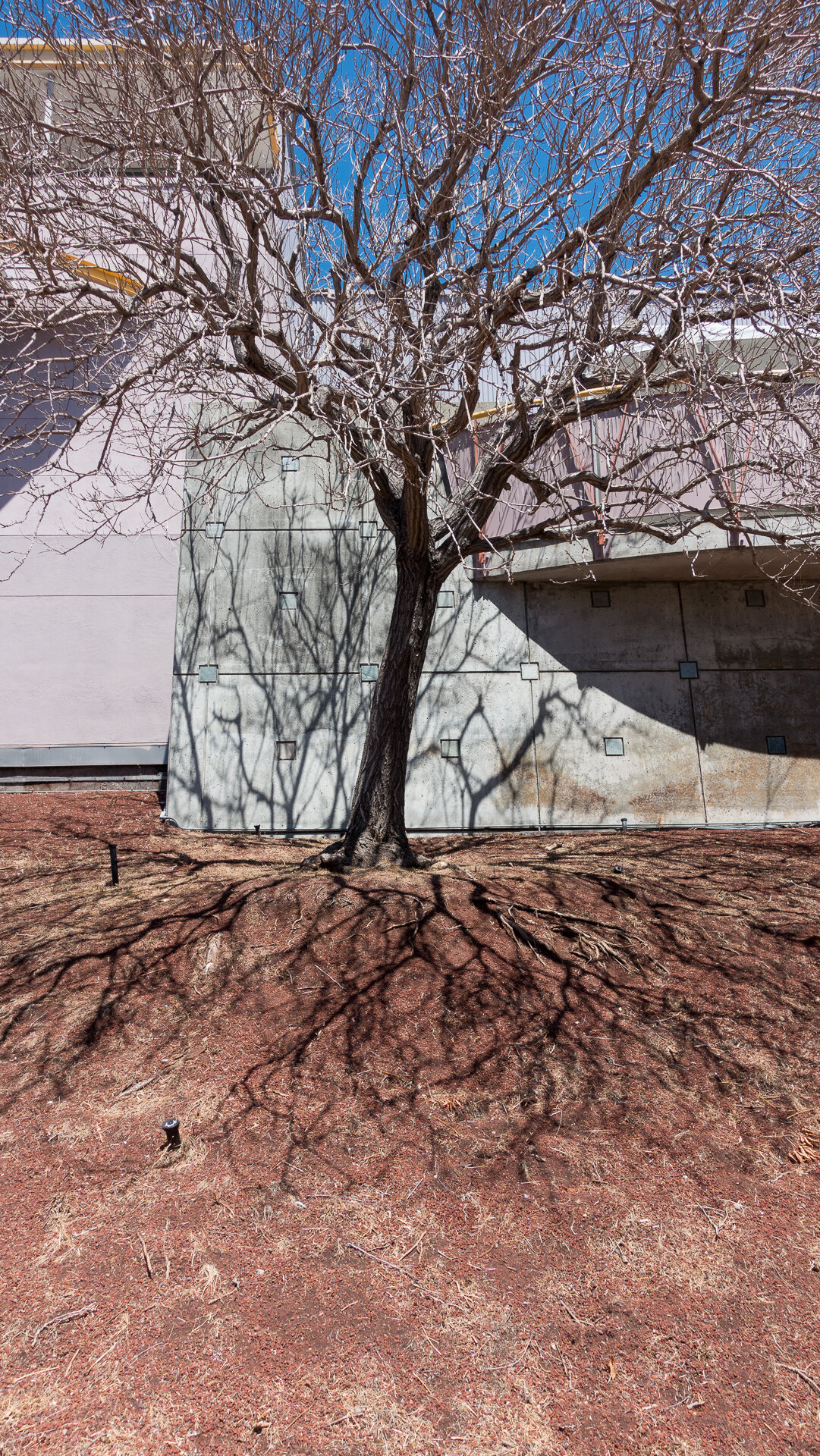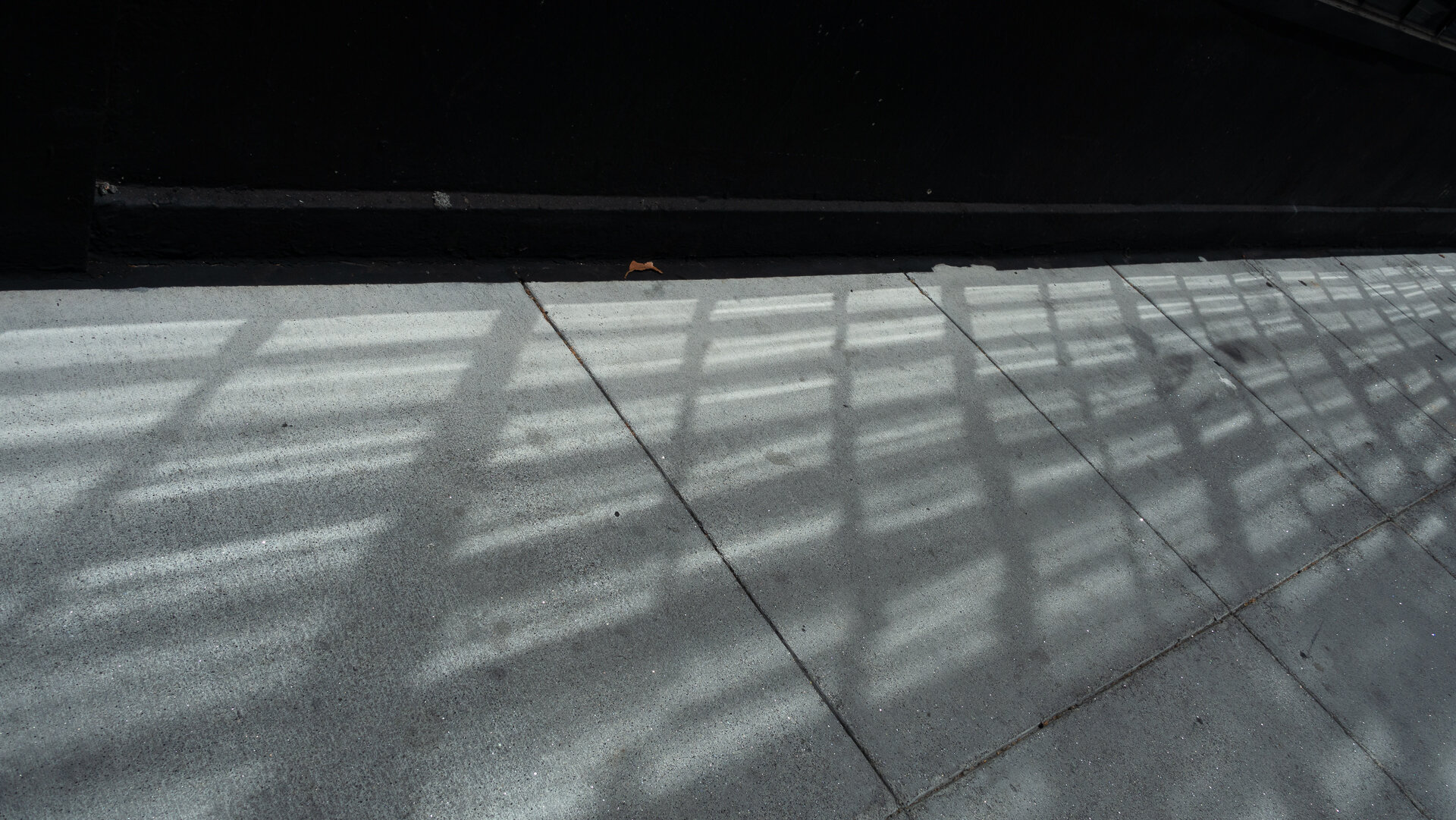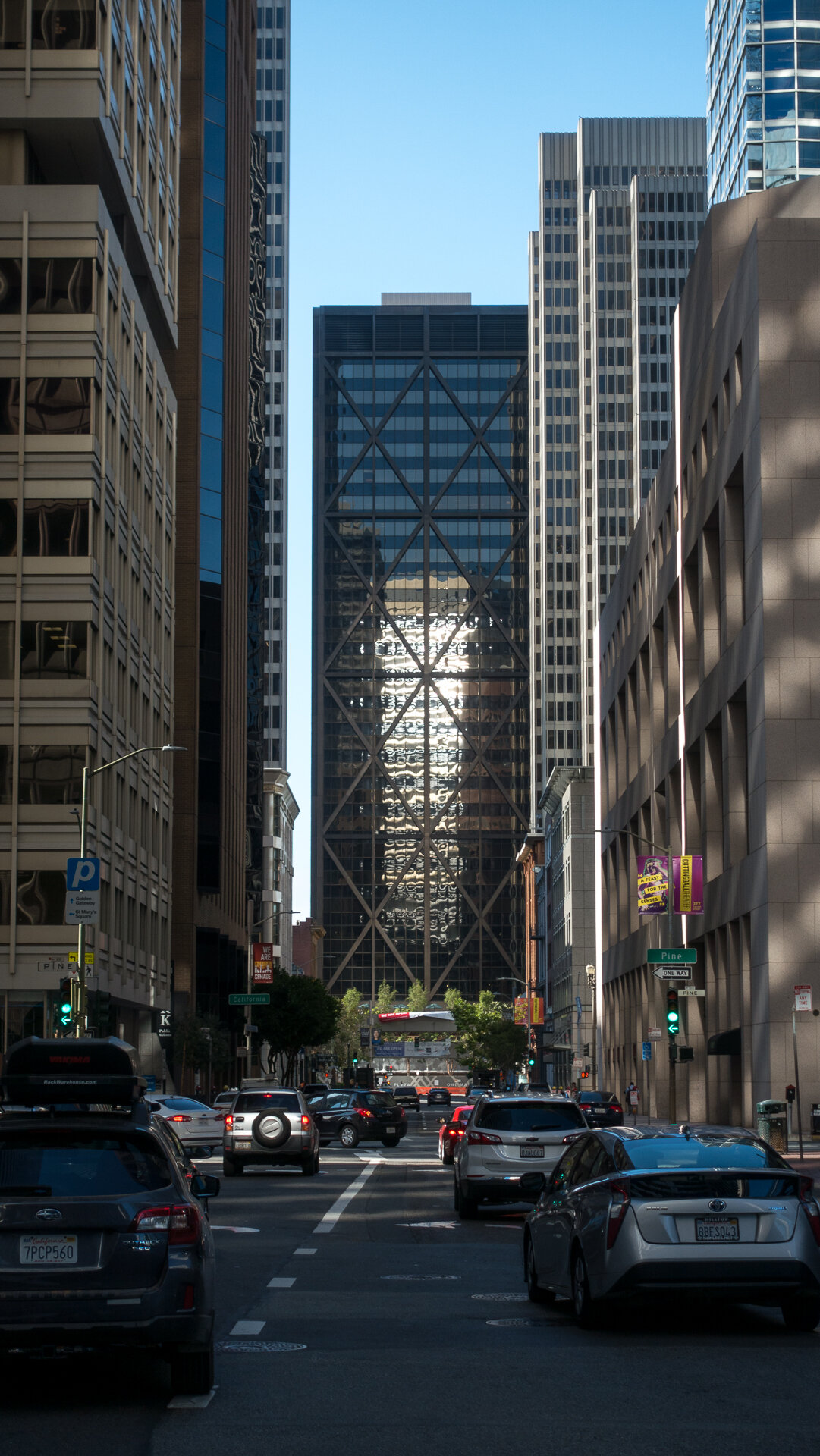San Francisco, December 16-31
Here are some statistics for San Francisco in 2020. It was a terrible year. Sometimes numbers help to put things in perspective.
According to the Bureau of Labor Statistics, the leisure and hospitality industries lost more than 46,000 jobs in the San Francisco metropolitan area, accounting for 43.6% of the employment reductions in that time.
Employment in clothing and accessory stores in the San Francisco area was down 40.8% year-over-year after a loss of more than 4,000 jobs. The budget legislative analyst estimates between 9.85% and 15% of all monthly retail rent in San Francisco has not been paid.
According to the city controller's office, San Francisco hotels' revenue per available room dropped from $227 in January to $30 in October, an 87% decline. Hotel tax revenue is down 79% for the fiscal year 2020.
Between January and December this year, small business revenues fell 56%, according to the Office of Economic and Workforce Development. Since February, one in 12 jobs in San Francisco have been lost.
Zillow statistics highlighted the issue of people moving away. Housing inventory rose a whopping 96% year-over-year, as empty homes in the city flooded the market like nowhere else in America (granted in 2019, San Francisco had some of the lowest vacancy rates and highest home prices in the nation). At the end of 2020, more than three times as many apartments listed for rent in San Francisco than there were at the same time in 2019 and rents dropped about 25%.
Confirmed COVID-19 cases in San Francisco for 2020: 22, 7776. Total Deaths 184. A record 621 people died of drug overdoses in San Francisco last year, a staggering number that far outpaced the deaths from COVID-19.
Behind these numbers are people. Real people with stories. People who have lost their jobs, who have moved away, who have lost others to drug overdoses or COVID-19. In my galleries I don’t feature people, but I think there are stories left behind there too - in their art, the city they helped build, in their day-to-day life in the City-by-the-Bay.
For me, 2020 was an opportunity to reset. I lost my job of 21 years at the end of 2019 - not knowing the challenges 2020 would bring. I miss being able to travel and take photographs of places I’ve never been before. But I have been exploring and taking lots of photographs of SF. More than anything, I miss my family and friends.
I am deeply concerned about what the global pandemic has done to people’s health and livelihoods and to the fair city where I live. But I do cherish the time I have with my wife. We are both healthy and working and optimistic about what the future will bring.
With that - HAPPY NEW YEAR! Here’s to 2021!
For years I’ve been taking photographs of out-of-home ads in an attempt to put my own creative spin on them. This is a San Francisco Marriott Marquis ad for The View Lounge with reflections and shadows from the trees on 4th Street.
The Four Seasons Private Residences at 706 Mission is one of the more striking high rises erected in San Francisco in 2020. The metal geometric exoskeleton that covers its lower floors reflect the sun in a dizzying array of patterns.
In 1902, James L. Flood purchased a plot of land at Powell and Market Streets and hired architect Albert Pissis to build a building in honor of his late father James Clair Flood, who passed away in 1889. The twelve-story, 293,837 square foot building cost $1,500,000 and was completed in 1904. At that time, it was the largest building in the city of San Francisco.
The Flood Building was one of the few buildings to survive both the devastation of the 1906 earthquake, and the subsequent great fire. The steel frame structure with brick curtain walls covered in gray Colusa sandstone proved to be substantial enough to withstand the most deadly forces of nature. The building was restored and opened in 1907 with Southern Pacific Railroad as its primary tenant, where it remained until 1917. After the departure of Southern Pacific, the Flood Building was remodeled again to accommodate for dental and medical offices. It remained a medical center through the 1920's, '30s and '40s.
After almost 30 years as a medical and dental center the Woolworth's Department Store took over the first and second floors as well as the basement in 1945. The basement had previously housed 11 retailers. However, the war years were hard on the building and Woolworth's offered to demolish the landmark in 1951. It was to be replaced with a three-story structure housing Woolworth's Department Store and offices. Luckily, the Federal Government saved the building by appropriating space to house war-time agencies such as the Price Stabilization and Civil Defense offices.
The government subsequently relinquished its occupancy and the structure reverted to commercial office space in 1953, though dramatic changes had been made in the interior to accommodate for large offices. The Woolworth's Department Store located in the Flood Building was the largest in the United States until 1992, when it was downsized. They remained a tenant until 1996. I still remember visiting their lunch counter.
Today, the Flood Building is a microcosm of San Francisco, housing over 200 diverse tenants from all over the globe, including several Consulates and a significant number of non-profit organizations. In 2004 the Flood Building celebrated 100 years as a center for business in San Francisco.
This mural outside the Hotel Nikko was titled “It’s been a ruff year”.
Lights wrapping trees add a festive feeling on Kearny Street.
Although many of the office buildings in the Financial District were mostly empty, decorations celebrating the holiday season were still put up. This Christmas tree in the plaza of 555 California Street was adorned with thousands of tiny white lights.
One technique I like to use when taking photographs is to place my camera against a solid reflective surface. This is one of the new structures built over the BART/MUNI underground entrances on Market Street.
More reflections. This is one of the new towers in the East Cut. I love the squiggly designs that the reflections make.
And yet more reflections. This blue square is inside a Chase Bank branch on Folsom Street.
Although office tower construction has slowed in San Francisco, it does continue. I liked the way the two cranes on First Street contrasted with the spires on 345 California Street.
The gateway to pedestrian Pier 14 has a fantastic view of the Oakland-San Francisco Bay Bridge and Treasure Island.
Winter sunlight glimmers off rows of San Francisco Bikeshare bicycles.
These very strangle little elves have been posted about town by artist Joe Mitchell.
In contrast, this figure was painted on the door of Arttitud, a gallery South of Market.
This is a photograph in the window of Dickerman Prints, a photo lab in SOMA.
This truck parked on Rausch Street came complete with a house with googly eyes, flowerboxes and a front lawn.
I thought that this doll left out on some sofa cushions on 10th Street aptly represented 2020 somehow. It is a sad scene, perhaps telling a story of loss or sadness. But also can see as an opportunity for a new beginning. Time keeps passing and things keep changing. I am grateful for my family and friends and this incredible, crazy thing we call life.
Someone was creative in concrete creating a sun out of this gas valve cover.
A last photograph for 2020 is another reflection. Lori’s Diner first location in SF was opened in 1986. Open 24 hours, it featured counter service, all day breakfast, sparkling red booths, rock n roll, and Coca-Cola, Elvis and Marilyn Monroe memorabilia. This location at 500 Sutter street had been shut down in March. In December all the memorabilia had been removed and the sign came off the awning, confirming that it would not be coming back.
